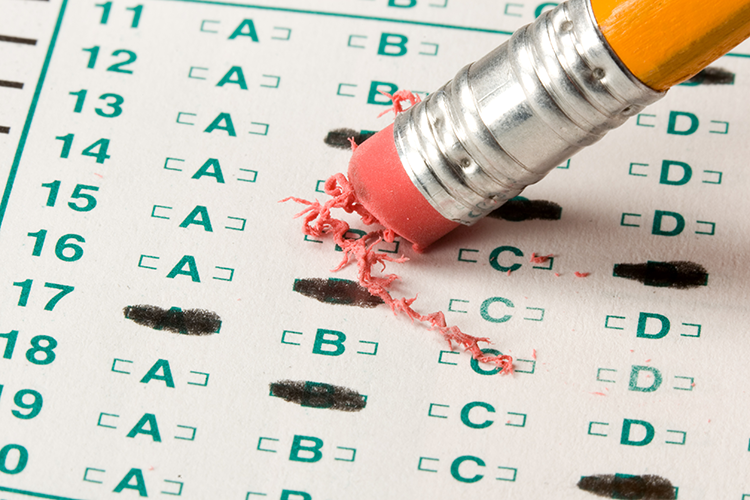Study Shows When Justices Use Parties' Words in Their Own Opinions
No one is accusing federal judges of plagiarizing when they include in their own opinions language from the briefing in the cases they are deciding.
But plagiarism software can provide some interesting insights on which judges most often do so, and what kind of briefs are most useful to them for this purpose, reports David Zaring in a post on The Conglomerate.
Such a study of U.S. Supreme Court written opinions by Pamela Corley of Vanderbilt University showed that this was only happening about 10 percent of the time with opinions written in 2002, 2003 and 2004, the blog post notes.
“I bet the percentages are higher in the appellate courts, and especially in the district courts,” writes Zaring.
Former Chief Justice William H. Rehnquist and former Justice Sandra Day O’Connor were most likely to borrow from briefs; Justice David Souter was least likely to do so, Corley’s study found.
“Now if she would only have broken down those D.C. addresses by Supreme Court litigation boutique,” Zaring says, “then we’d have some new league tables to report to you all, and said boutiques would have some new marketing materials to write.”



